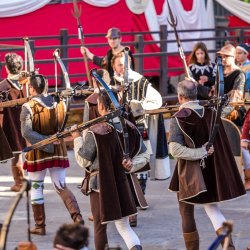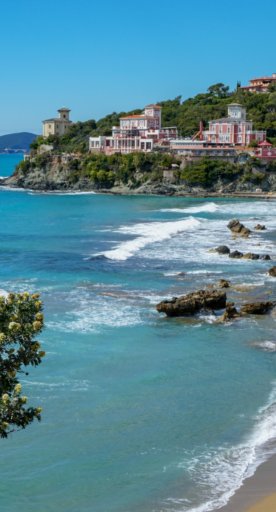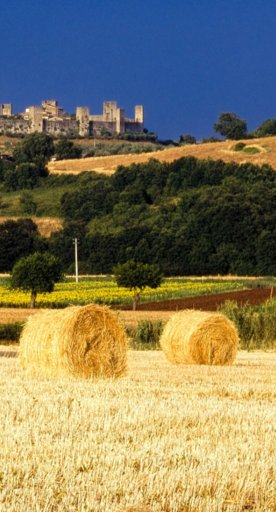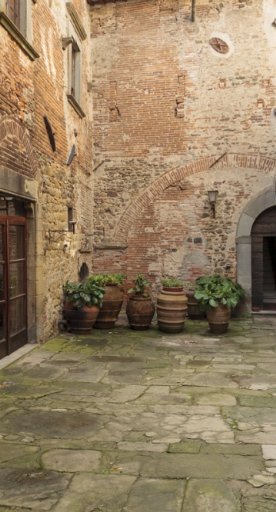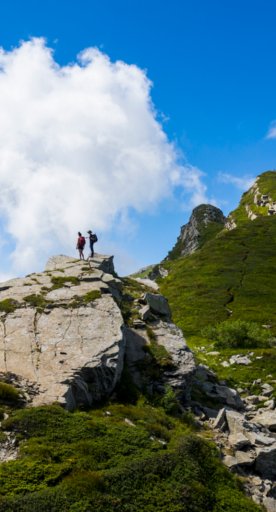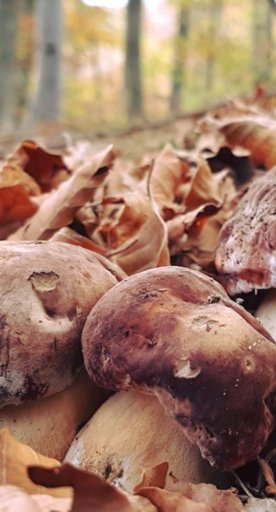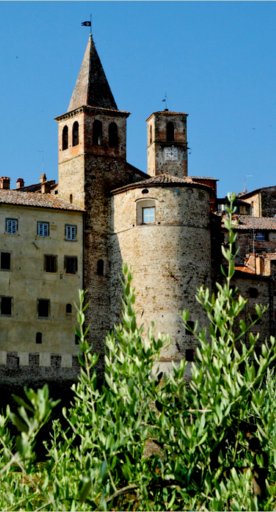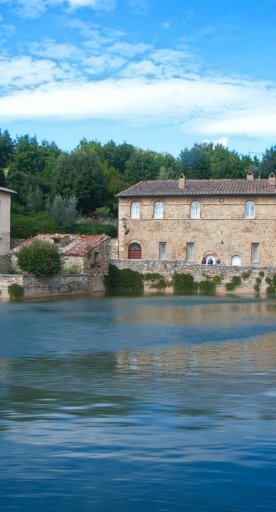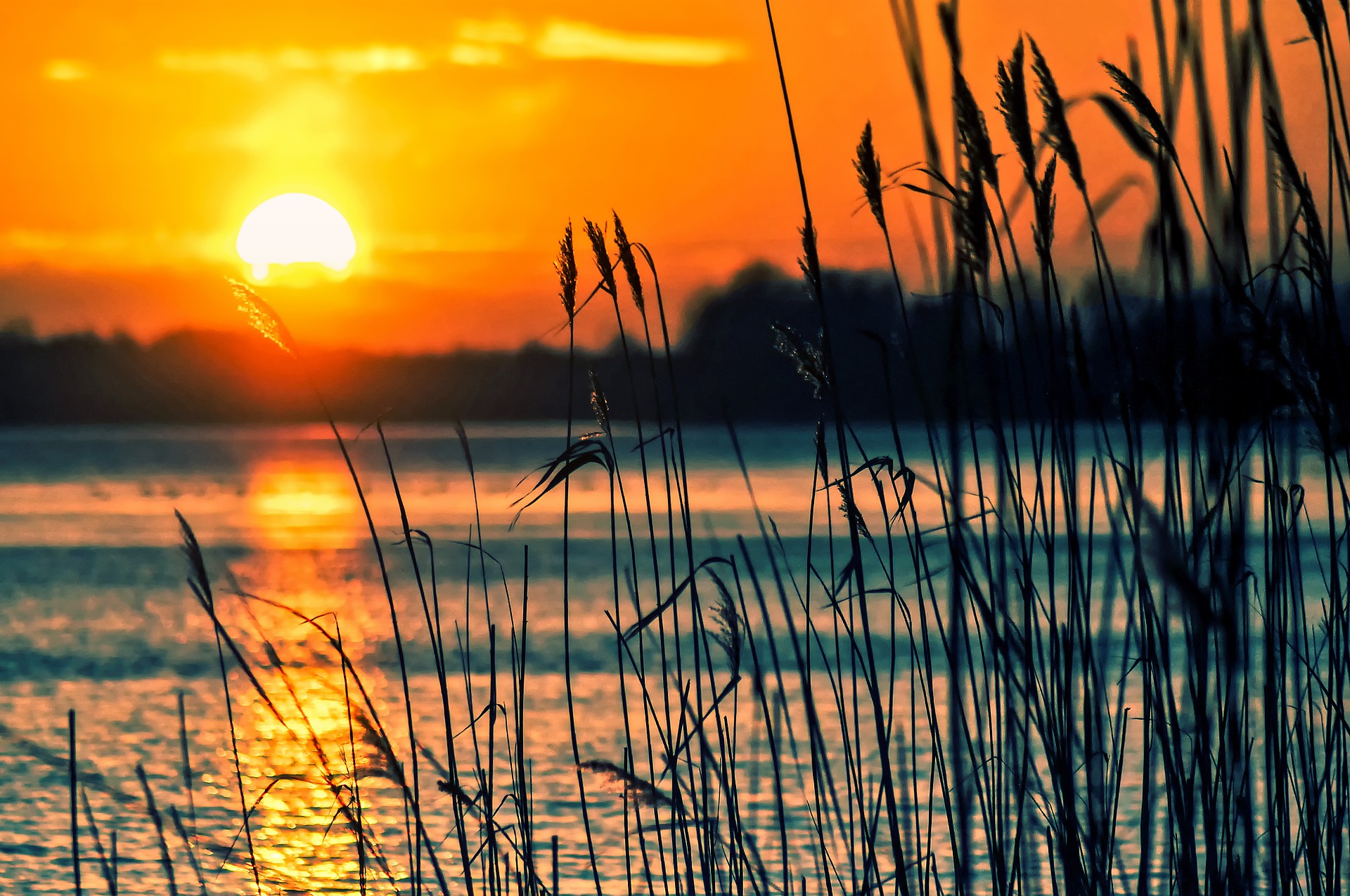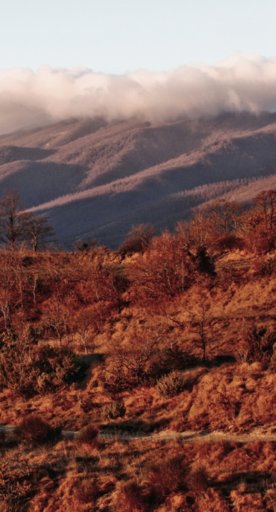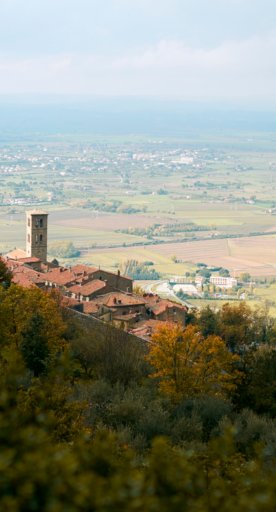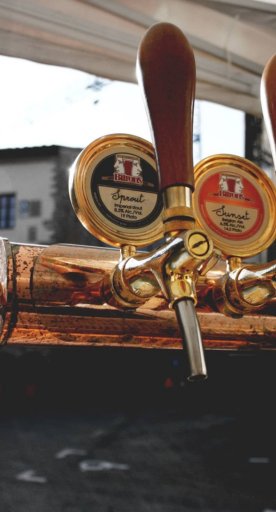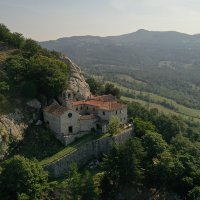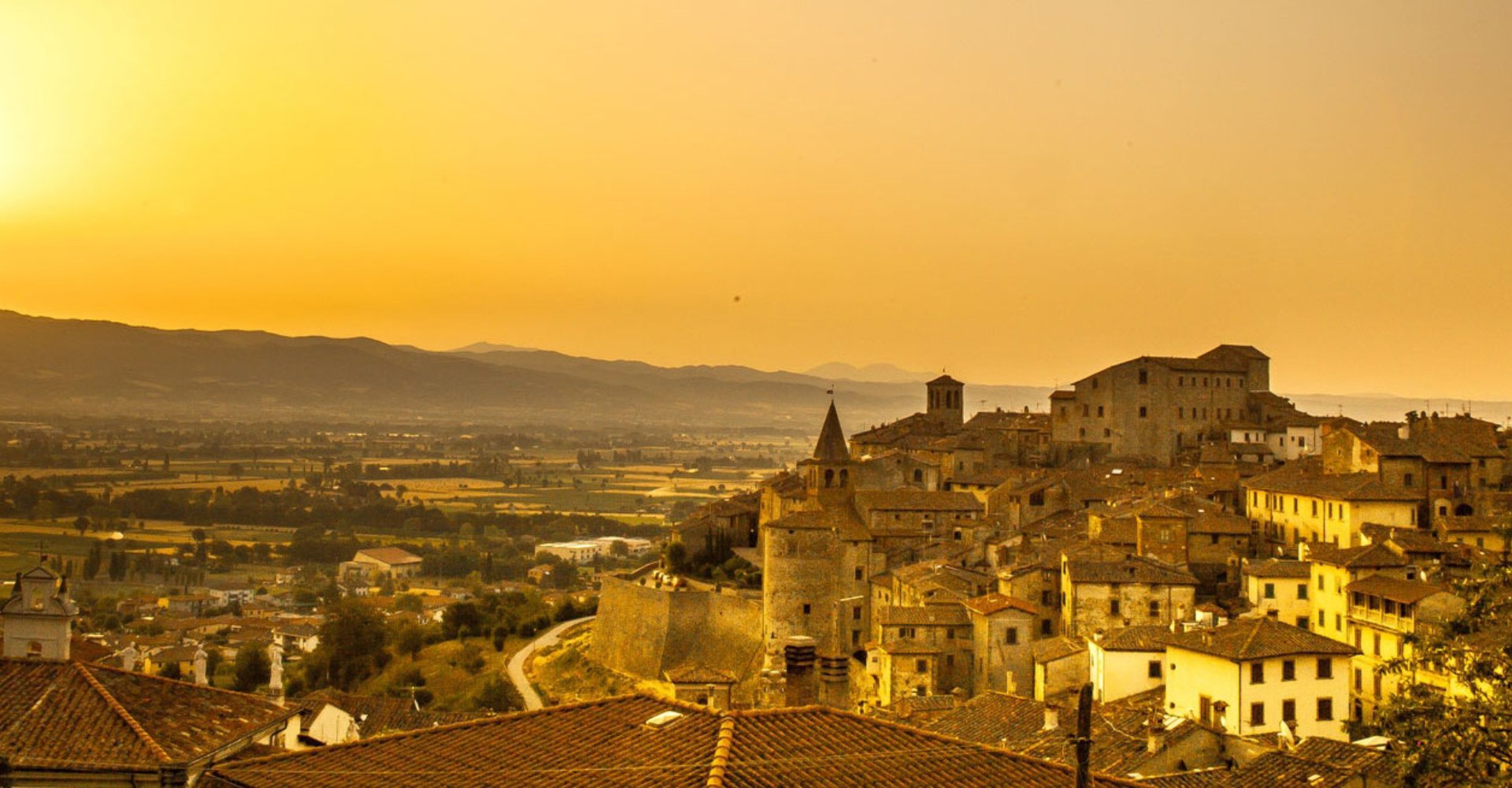
St. Francis in Valtiberina
Places for the soul, in the silence and nature of the Tuscan Valtiberina
Today, a suspended atmosphere still hovers around the silent woods and quiet villages of the valley where St. Francis once traveled.
Here, nature becomes voice and breath and the deep sense of harmony and peace that characterizes Franciscan thinking seems to resurface with every step. It is in this setting that you come across the places linked to the Saint and stages of a journey that combines spirituality, history and timeless beauty.
-
1.The Sanctuary of La Verna
-
2.The hermitage of Montecasale
-
3.The Castle of Montauto
-
4.The hermitages of Casella and Cerbaiolo and the ways of Francis
The Sanctuary of La Verna
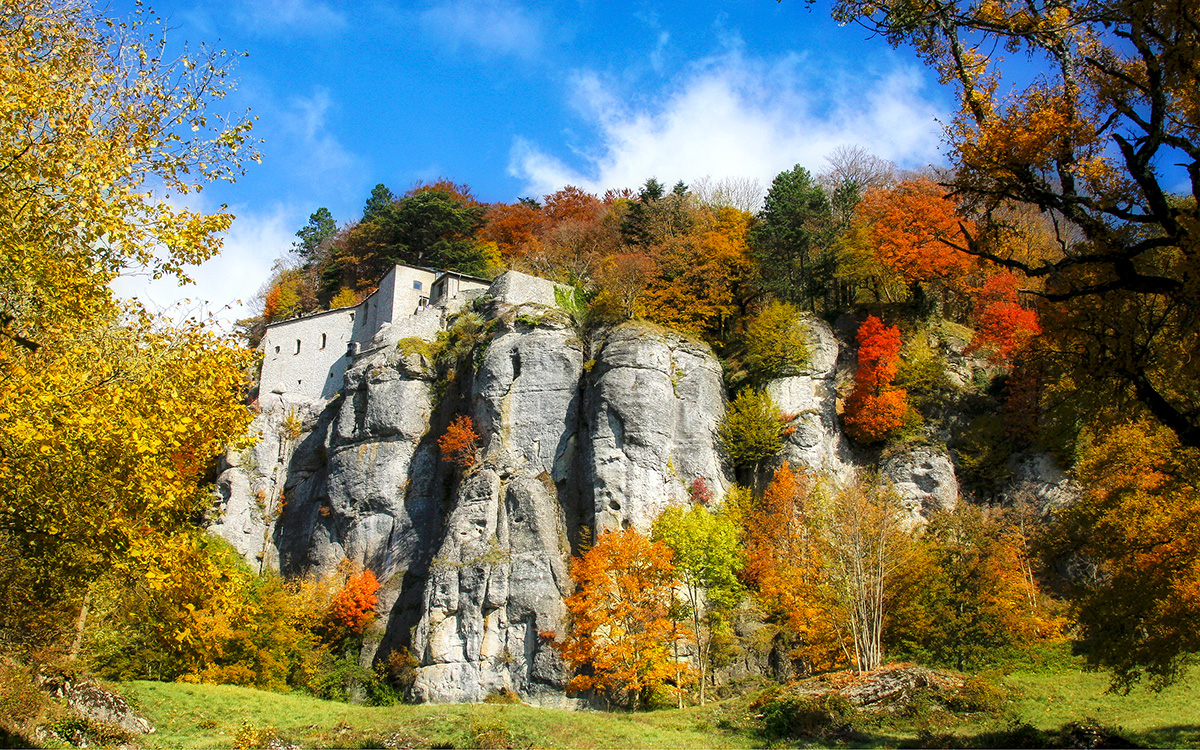
The Sanctuary of La Verna stands majestically on the mountain that dominates the Casentino valley, located in a forest that seems to guard its silence and sacredness. It was donated to St. Francis by Count Orlando Cattani in the early 13th century and soon became a place of prayer and meditation.
Here, on September 17, 1224, the saint received the stigmata, an event that made La Verna one of the most important Franciscan destinations.
The complex includes precious historical evidence: the small church of Santa Maria degli Angeli, built by Francis himself, the Chapel of the Stigmata and the Basilica of Santa Maria Assunta with terracotta sculptures by Andrea della Robbia.
Walking along the corridors of the convent or visiting the Museum is a journey through history, among reliquaries, works of art and the ancient halls of convent life. While gazing at the Casentino landscape, you come across the same views that inspired Dante and Michelangelo, in a continuous dialog between nature, art and spirituality that still makes La Verna a unique place that can deeply touch those who visit it.
The hermitage of Montecasale
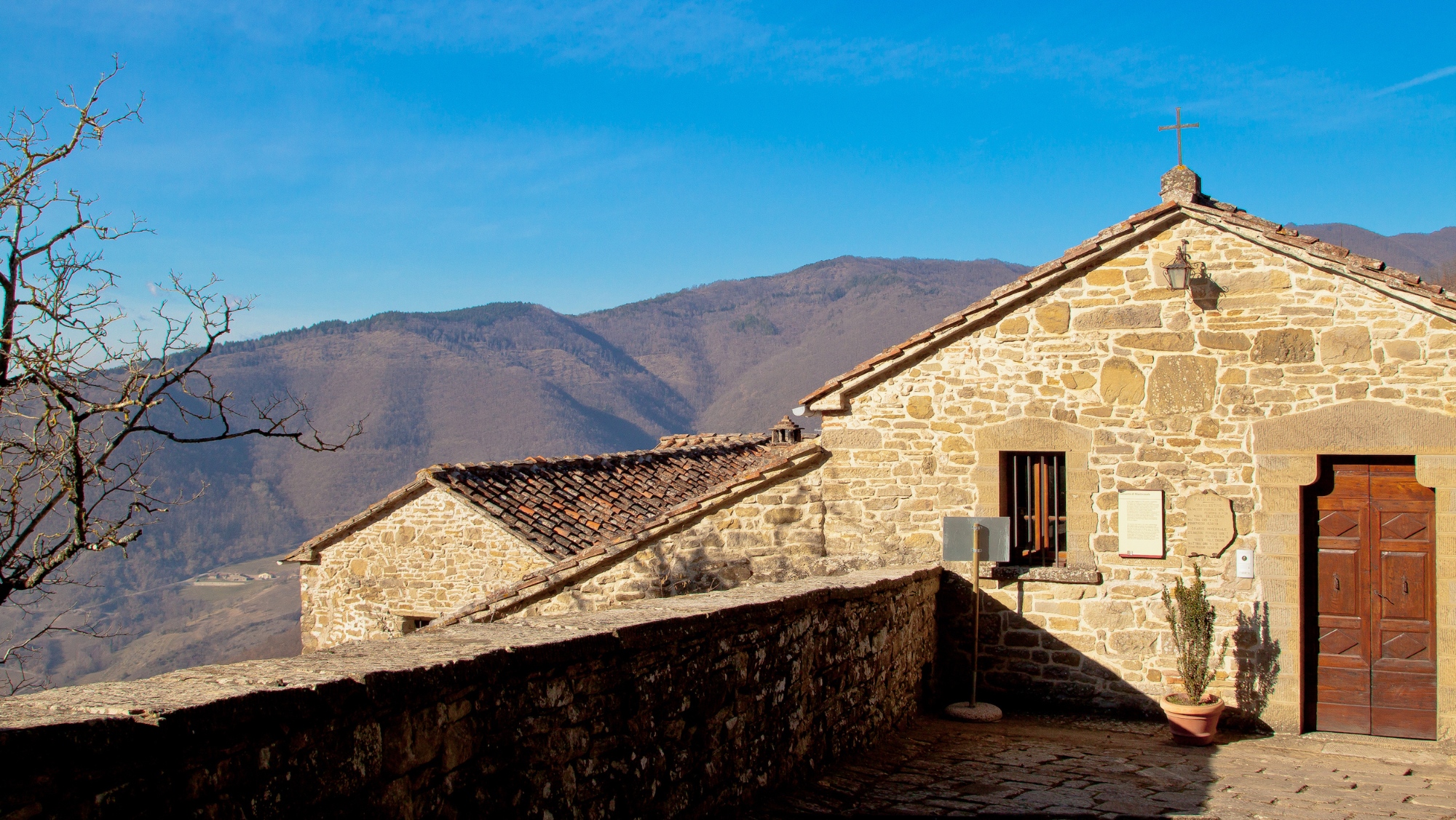
Amid the woods of the Valtiberina, not far from Sansepolcro, the Hermitage of Montecasale preserves profound memories of the life of St. Francis.
Emblematic episodes of his teachings took place here: the conversion of brigands who demanded food from the friars and the test of the cabbages planted backwards, a symbol of absolute obedience to the religious order.
Founded in 1192 by Camaldolese monks as a place for welcoming pilgrims who were crossing the Alpe della Luna, the convent was handed over to St. Francis in 1213 by the bishop of Città di Castello, soon becoming an important center of Franciscan spirituality.
After being a place of passage for centuries, it has been inhabited by Capuchin friars since the 16th century, who still preserve its tranquility today.
The simple and austere complex reflects the poor architecture of the early Franciscan settlements, with buildings made of local stone organized according to the needs of monastic life.
Among the memories associated with the passage of St. Francis, tradition also commemorates a stone on which the saint is said to have rested. The hermitage also still contains a multicolored wooden sculpture of the Madonna and Child, relics linked to the history of converted brigands and other signs that keep the link between the place and Franciscan spirituality alive.
The Castle of Montauto
The Castle of Montauto was built between the 12th and 13th centuries on the ruins of a Lombard tower and dominates the valley of the Sovara torrent from above, in a position that made it almost unassailable. St. Francis found hospitality several times within these walls, when he stopped here during his pilgrimages to La Verna, welcomed by his friend Count Alberto Barbolani.
The Saint prayed in silence in the castle's small chapel and this is the place in which the memory of his connection to Montauto is preserved.
According to tradition, during his last journey from La Verna to Assisi, already marked by stigmata and the awareness that his end was near, Francis gave the count his habit, now worn and sewn up with simple stems of broom plants grown around the castle. It was a humble and powerful gesture that transformed that threadbare fabric into a precious relic.
The habit was kept in Montauto until 1503, when it was taken to Florence. Today, it is kept in the chapel of relics in the Sanctuary of La Verna.
The hermitages of Casella and Cerbaiolo and the ways of Francis
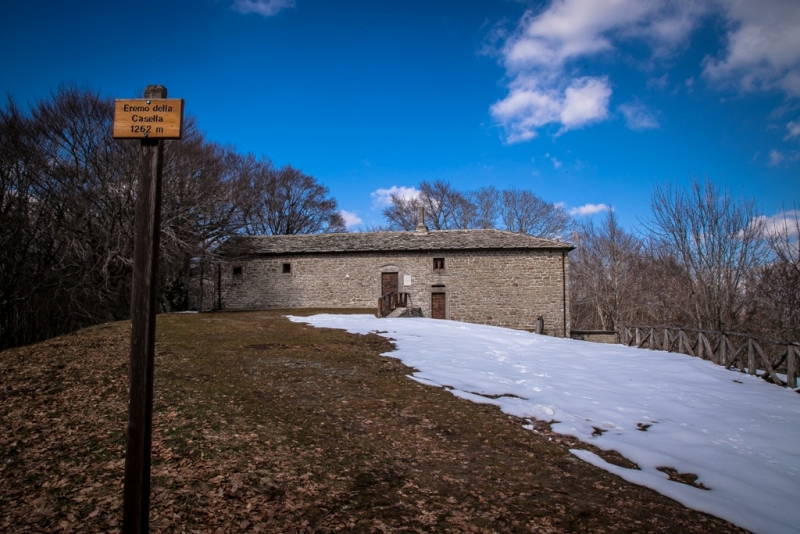
On the ridge of the Alpe di Catenaia stands the Hermitage of Casella, where the saint stopped in prayer while looking out at Monte della Verna.
Not far away, near Pieve Santo Stefano, stands the Hermitage of Cerbaiolo, an ancient Benedictine monastery given to Francis and later transformed into one of the first Franciscan settlements in the valley.
These places, along with others linked to the life of the Saint, can be reached by car, but the most authentic way to discover them is to walk along the paths that cross woods and ridges along the Way of Francis.
There are two main routes, both departing from the Sanctuary of La Verna: the first runs along the ridge of the Alpe della Luna and connects Pieve Santo Stefano to the hermitages of Cerbaiolo and Montecasale as far as Sansepolcro; the second follows the Alpe di Catenaia route and leads to the Hermitage of Casella, Caprese Michelangelo, the Castle and the Cenacolo of Montauto, as far as Anghiari.


